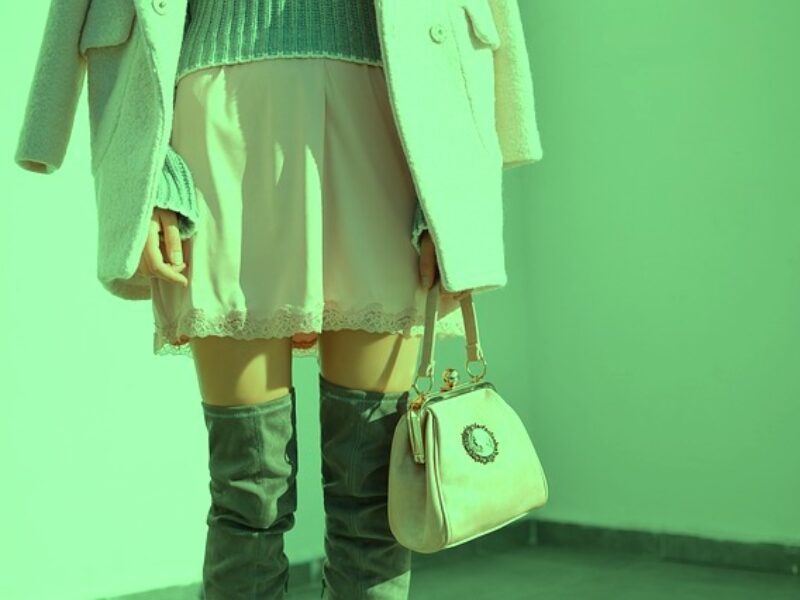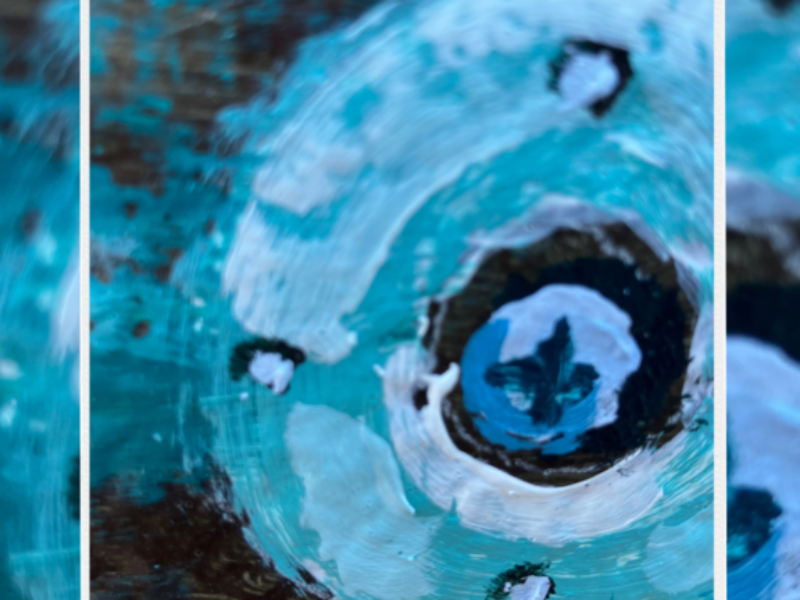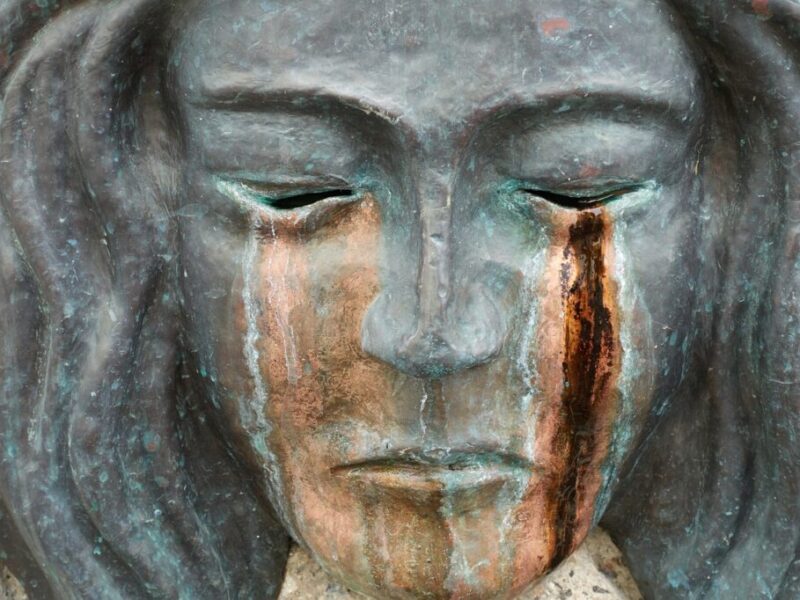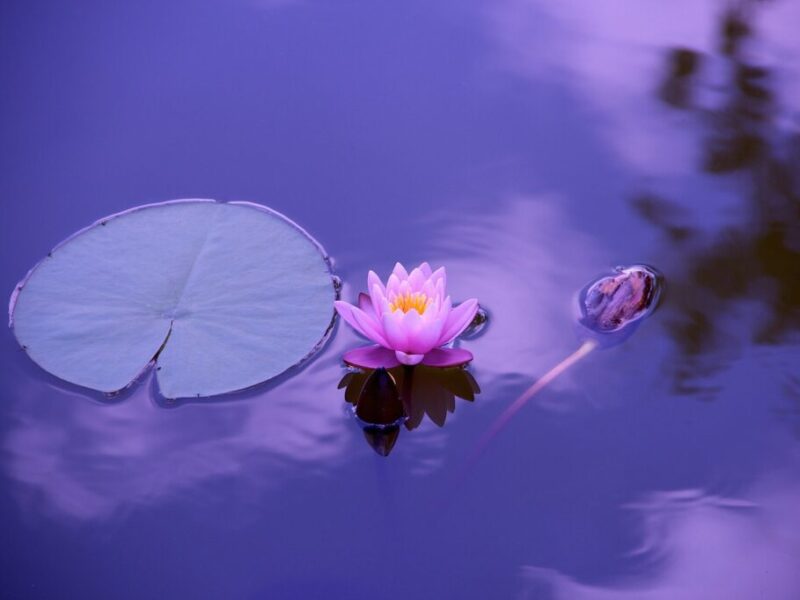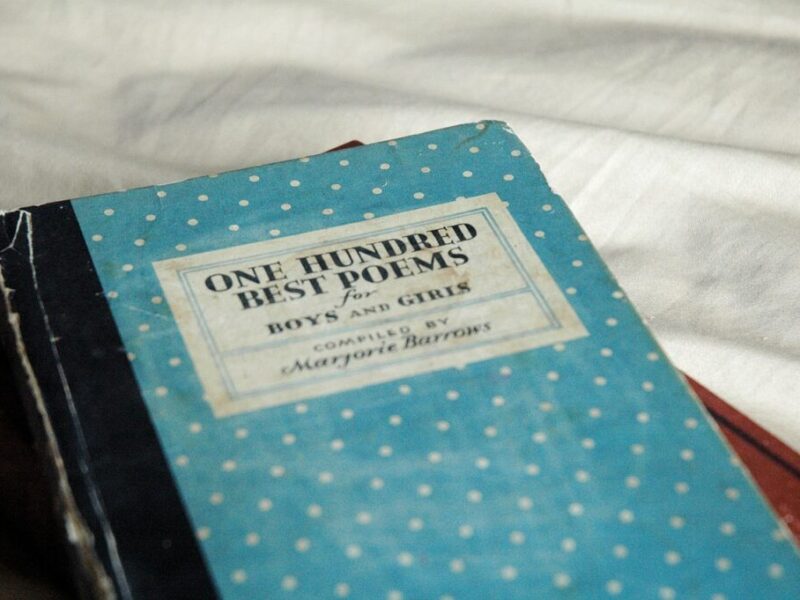On the [Pleasure] Bias
I’m excited to share a shift in focus at The Writing Shed. I will still offer journaling workshops, but they will be geared towards women who are done feeling guilty and want to write themselves out of a world of “shoulds” into a world of “I’d love to’s.”
The English language does not have a word like the French do—joie de vivre—joy of living. I think ebullient, afterglow, and delight offer a similar spirit to joie de vivre. But maybe you’ve heard that enjoying life can also mean you are somehow abandoning reality or sitting on a bed of roses in a delirious state?
I am a women who believes in food, the body, nature, travel, and relationships.
At The Writing Shed, pleasure is an “8 letter word.” We will write about the things that delight us and use writing as an act of deviant playfulness. We will also explore why guilt is a first-response, rather than what feels good.
Future workshops will be on the pleasure bias. Wonder fortifies us in tough times; connects us to our inner child and children; makes us content with the everyday things; fights the tyranny of boredom and monotony; helps us express our full earth-bound humanity.
A friend’s Instagram story asked me: Are you torn between changing the world and simply enjoying it?
What if you could change the world simply by enjoying it?
I believe in the power of writing to bring us pleasure, emotional ease, and authentic expression. If this new focus speaks to you, please send me a quick note on IG or in the Comments below.
